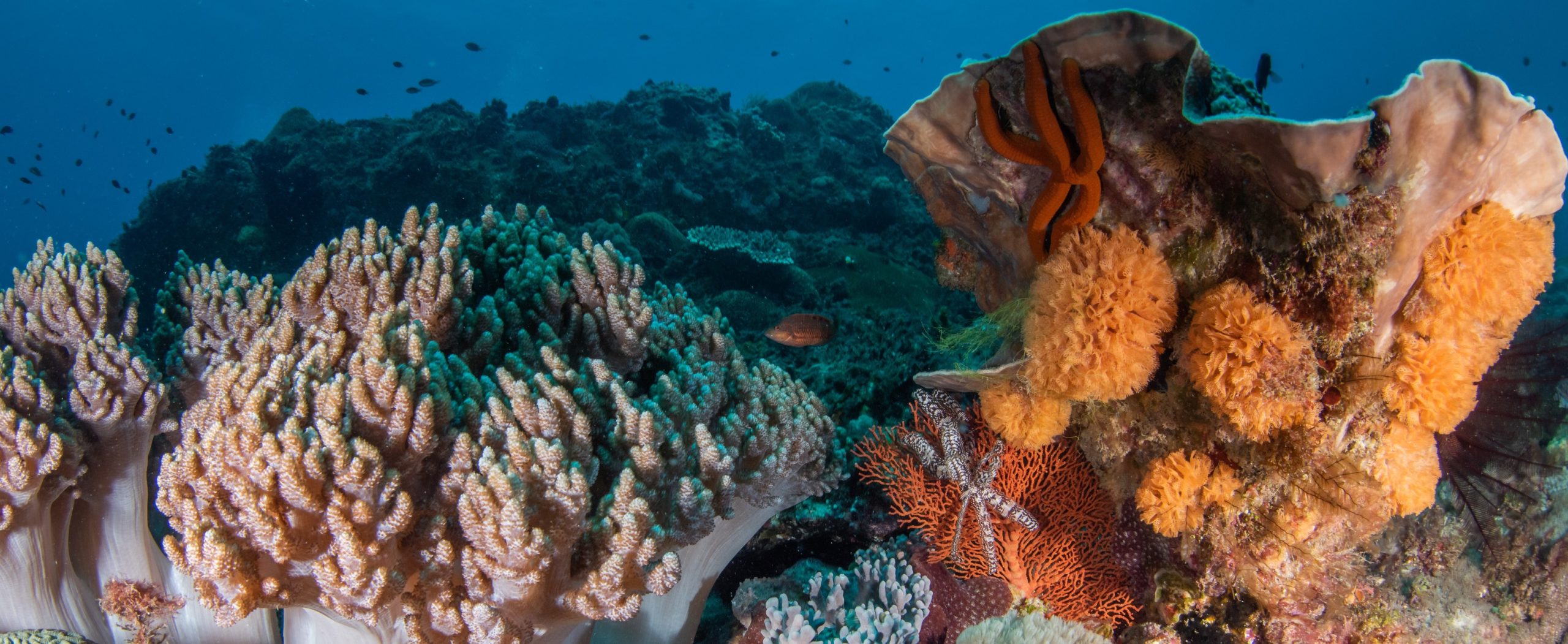Imagery collected by still and video cameras is an increasingly important tool for minimal impact, repeatable observations in the marine environment. Data generated from imagery includes identification, annotation and quantification of biological subjects and environmental features within an image. To be long-lived and useful beyond their project-specific initial purpose, and to maximize their utility across studies and disciplines, marine imagery data should use a standardised vocabulary of defined terms. This would enable the compilation
of regional, national and/or global data sets from multiple sources, contributing to broad-scale management studies and development of automated annotation algorithms. The classification scheme developed under the Collaborative and Automated Tools for Analysis of Marine Imagery (CATAMI) project provides such a vocabulary. The CATAMI classification scheme introduces Australian-wide acknowledged, standardised terminology for annotating benthic substrates and biota in marine imagery. It combines coarse-level taxonomy and morphology, and is a flexible, hierarchical classification that bridges the gap between habitat/biotope characterisation and taxonomy, acknowledging limitations when describing biological taxa through imagery. It is fully described, documented, and maintained through curated online databases, and can be applied across benthic image collection methods, annotation platforms and scoring methods. Following release in 2013, the CATAMI classification scheme was taken up by a wide variety of users, including government, academia and industry. This rapid acceptance highlights the scheme’s utility and the potential to facilitate broad-scale multidisciplinary studies of marine ecosystems when applied globally. Here we present the CATAMI classification scheme, describe its conception and features, and discuss its utility and the opportunities as well as challenges arising from its use.
